When it comes to making the most out of a compact outdoor space, the right shed can do wonders. Even if your backyard doesn’t stretch for miles, a cleverly designed shed can boost both functionality and aesthetics. From storage saviors to cozy retreats, Shed Ideas For Small Backyard has a solution for every backyard setup.
- Creative designs are key to enhancing small spaces. Think vertical with multi-level shelving or pick a tall and narrow style that takes advantage of upward space. Even a miniature potting shed with clever hooks can turn a tiny corner into a gardening haven.
- Small backyard sheds aren’t just storage spaces—they can be focal points. Choosing the right style that complements your existing landscape makes a huge difference. Whether you’re going for a rustic charm with a barn-style look or something sleeker and modern, the shed can easily become the main attraction.
- Maximizing a limited area requires prioritizing essential features. Sliding doors save on clearance space while providing easy access. Windows can introduce natural light, making it feel open and airy even in a smaller format. Don’t forget about multifunctional furniture that can double up as storage. It’s all about smart design!
Budget Considerations: Building vs. Buying a Small Shed
Building a small shed from scratch or buying one straight off the shelf both have their own perks and pitfalls. If you’re a hands-on DIY enthusiast, constructing your shed might tick all the right boxes. It gives you creative control over design, materials, and finish. On the downside, it’s time-consuming and demands a fair bit of skill.
Ready-made sheds come fully assembled or as simple kits, saving you loads of time and a few headaches. They usually offer warranty coverage, which can be reassuring. But, be prepared to shell out a bit more upfront and compromise on some design elements.
Now, onto the burning question — is it cheaper to build or buy? Generally, DIY projects can save you some cash if you’re savvy about sourcing materials and don’t count your time as a cost. Prefab or kit sheds might seem pricier at first glance, but you’re paying for convenience and speed.
Several factors sway the cost of building a shed, such as the quality and type of materials, any specialty tools you might need, and unexpected contingencies (like weather delays or the wrong sort of wood). Taking a detailed inventory of these elements can help you stay within budget while deciding your approach.
Building a Shed on a Budget: Can You Do it for $1000 or Less?
Embarking on a shed-building project with just a grand in your pocket might seem like a tall order, but it’s definitely doable with some smart strategies. One of the first things to consider is simplifying the design. Cutting back on complex features can significantly reduce material costs and construction time.
Choosing affordable materials can save you big bucks. You may decide to use untreated wood instead of treated timber or explore reclaimed materials at local salvage yards. These options often add character to your shed while keeping it wallet-friendly.
Labor costs can quickly eat into your budget, so rolling up your sleeves for a DIY build can save a significant chunk. Enlisting the help of friends or family for the heavy lifting is not only cost-effective but a fun and rewarding experience.
Real-life examples abound of successful sheds built at or under the $1000 mark. These projects often involve creative use of space, second-hand materials, and simplifying without sacrificing functionality. It’s all about finding that sweet balance of cost and creativity.
Most Economical Shed Styles to Consider
Going for a budget-friendly shed doesn’t mean you have to compromise on style. Understanding the variety of designs available helps to choose one that aligns with budget constraints and aesthetic goals.
The lean-to shed is a prime example of cost-effectiveness. With its simple, single-roof slope, it’s often the cheapest style to build. This design leans against an existing structure, reducing material needs and labor time.
Another affordable choice is the basic gable shed, known for its straightforward, triangular roof design. While classic in appearance, it offers ample headroom and is quite easy to assemble without needing advanced carpentry skills.
Considering innovative design tips like using pallets or leftover building materials can keep your shed project within budget. Such materials often let you create a charming, rustic look with minimal expense.
While keeping costs low, it’s important to not skimp on durability. Ensure any material used is suitable for the weather conditions in your area to guarantee longevity. A shed should stand the test of time while serving its practical purpose.
Essentials of Shed Construction: Foundation Requirements and Resources
Setting up a proper foundation might feel like overkill for a small shed, but it ensures stability and longevity. A foundation protects your shed from moisture, ground shift, and pests, keeping everything inside safe and dry.
Not every shed needs a concrete slab; there are other budget-friendly options that work great. Gravel beds are a solid choice for drainage, while concrete blocks or wooden skids can offer a sturdy base with minimal investment.
Different terrains require different foundations, so matching the type to your specific land conditions can save money and future headaches.
If you’re looking for step-by-step guidance, MyShedPlans.com offers extensive resources and plans to kickstart your shed-building journey. From blueprints to material lists, it’s a treasure trove of practical info.
Using resources like MyShedPlans.com along with community forums can guide you through the challenges of construction and design, making shed-building accessible even to beginners.
** Here’s a little transparency: Our website contains affiliate links. This means if you click and make a purchase, we may receive a small commission. Don’t worry, there’s no extra cost to you. It’s a simple way you can support our mission to bring you quality content.**
Happy building!
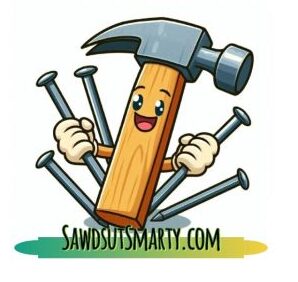
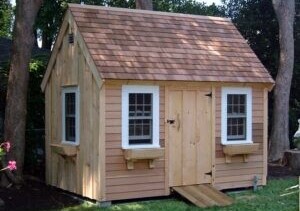
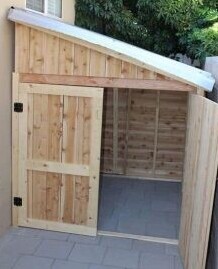
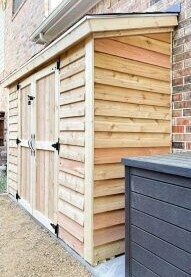
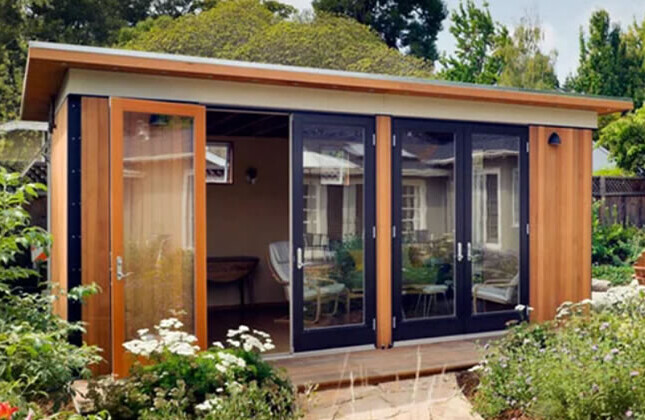
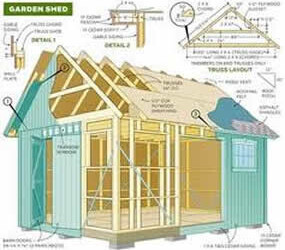
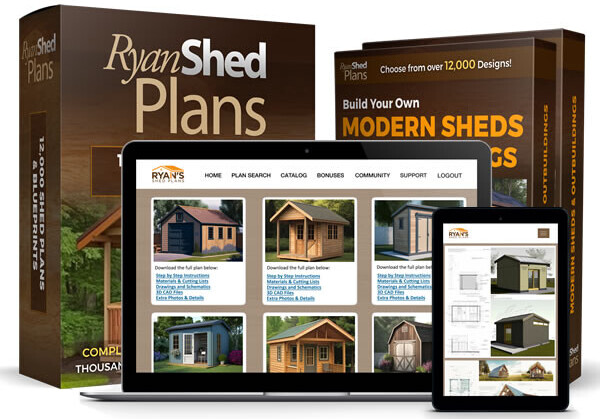
Love it! Those plans could also double as a play house for kids!